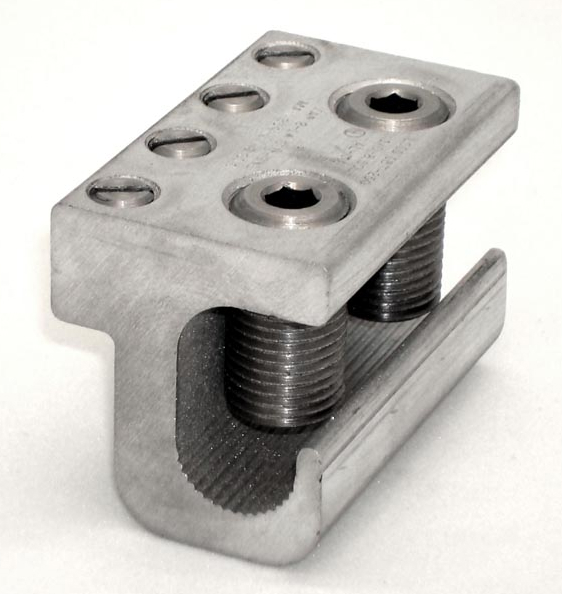A/A Fuel GTX
Senior Member
- Location
- WI & AZ
- Occupation
- Electrician
I installed an intrasystem bonding terminal that attaches to the bottom of the meter socket via a 1/2" nipple and a locknut through a KO. I ran a #6 from the adjacent load center to the bonding terminal thus creating a parallel path. I know the parallel path created by metallic raceways between the meter socket and load center is permissible but what about my scenario? Is the #6 even necessary since the bonding terminal is attached to the meter socket with a locknut? FWIW, the intrasystem bonding terminal I'm referring to was brought to my attention by one of Mike Holts' newsletters featuring the device.





